Digital Painting is one of the most amazing technologies to hit the art world in centuries. It has affected the very way that people perceive and interact with information on a daily basis. Most of the interest (and money) from the average person for art in this era is largely spent on films and video games.
In 2010 $25 billion was spent on video games, and an unthinkable amount for movies.
And currently the ones that are the most successful are extremely reliant on digital art for their visuals.
Consider this from 2010:
Perhaps because of this, most of the progress in recent years has been largely in the 3d field. Video games and rendering in movies have progressed at a frightening pace. Games look real. Animated films look really real.
Yet, 2d digital painting tools themselves have remained largely unchanged since their introduction. Even though 2d is where all of it begins, in the conceptual and pre-vis artwork stages.
The Pen and Tablet
For the input devices themselves, apart from pressure sensitivity, (which Wacom doubled from 1024 to 2048 in 2009) we have been stuck on the same technology for about 11 years now, with little or no meaningful progress in the area of actual painting. We have seen the tablets become more streamlined and get more buttons to do fancy things unrelated to painting, but nothing to actually really improve the input process for the pen.
To understand this better: Essentially what happens is, when working in Adobe Photoshop with a Wacom tablet, what we have is a binary input from the tablet that detects where on the tablet an input occurred and at what pressure it occurred at. This input is transmitted to Photoshop, which then rubber stamps a pattern on the matching area on the screen, and modifies this rubber stamped pattern based on pre-programmed settings.
So in the end, it is synthesizing the look of traditional media by pasting an image where the brush tells it to.
For the screens, we have seen Wacom do truly amazing things with the Cintiq, which allows input directly on the surface of the screen, creating the uncanny illusion of actually painting. And the Cintiqs are improving with each iteration. (A thinner screen surface, a faster response time, more pressure sensitivity, and so on.)
But this improvement is limited to the tablet itself, and so far still nothing has been done to make the brush part of digital painting feel more natural.
It could be argued that digital painting doesn’t need to feel like traditional painting. That it is its own animal.
Consider the works of:
These artists are taking the tools for what they are and are doing incredible things with them. They are blurring the lines between digital, conceptual, illustration, and fine art. They are taking the medium beyond itself.
But I still can’t help but feel that while all the other technologies, and specifically touchscreen and 3d modeling technology, are progressing; that input for digital painting is still in its infancy. Or at least in a sustained adolescence from neglect.
So, to just lay it on the table, what I want is something like this:
To work at 24″ x 18″ touch screen,
That is as responsive as the Intuos5,
Which allows me to use brushes on the surface to make the strokes.
I could see this going 2 ways:
1. A Supersensitive Tablet
A tablet like the Intuos5, but that responds to all media that it comes in contact with (such as your hands, or a pencil or a traditional hogs hair bristle brush) and captures all of what feels on the surface, and transfers that to Adobe/Painter, which then displays the brushstroke on the monitor.
Interesting developments along these lines can be seen in devices like the Optipaint. (Article here)
And in Disney Studios Touché.
Or,
2. A Cintiq With a Fiber Optic Brush
The Brush would have fiber optic bristles, which would transmit light from their tips (and if possible, from several nodes along each bristle as well) to optical sensors on the screen itself. If it were possible to have several nodes along the fiber of the bristles, then it would be possible to have even more input for how each bristle is bending, thus allowing the programs to render a much more accurate representation of the brushstroke you just applied.
Patents for a brush like this already exist. Check this out: http://www.google.com/patents/US5646650
This would allow true to life brushwork and would be what I would consider the Holy Grail of digital painting.
Note: Fiber Optics make the most sense to me, but then again, I failed Algebra 2, so maybe I am not going to be the first person Wacom’s Engineering Department is going to listen to on what they should use specifically. I would accept anything that accomplished something similar to this.
The traditional painters who are still reading will be smirking at all these hoops I am jumping through for this.
(Hey Gerard, I have an idea, why not just paint on this new technology called paper with this new technology called watercolor?)
And yes, I am painting traditionally more and more these days as my frustration with the limitations of digital increases.
But I would love to see this technology become fully realized. The possibilities are amazing and I can’t help but want to see them become reality.
Why Do I Demand this of Wacom?
Because Wacom has long been the industry leader in this field, and since they brought about some of the greatest advancements in the field of digital painting, I am hereby laying the burden upon their shoulders to take the next steps.
There are already many other companies hot on their trail. The Flow for the iPad. The Next Window for the desktop.
But these are not true digital canvases. They leave us with a sense that the technology exists to make this happen, but without anyone who can actually provide it. (The point here being that if Wacom wants to remain the industry leader, it should definitely listen to me on this, even though I failed Algebra 2.)
Lastly, some might argue that this is the job of the programs themselves. The 2 industry giants being Corel Painter and Adobe Photoshop.
Here is why this won’t happen from them: Adobe has improved a little (for the digital painter) in the last decade. It is overall more stable than it was, and its brushes are on their way to catching up with those of Painter. But with their pending move towards a renting “cloud” model after CS6, I am doubtful that we will ever again see any meaningful progress from them. When a company has a captive user market, that must pay them a monthly fee to even use the product, then that company no longer has any incentive to improve its product. Whereas before, they had to at least have the appearance of new features to entice the market to pay for an upgrade.
With the new cloud model we will be paying more than we were before, with no likelihood of any real improvements. I am not counting on them to have much to do with improving the state of digital painting tools.
For more on this, read: http://techcrunch.com/2012/04/22/adobe-officially-unveils-cs6-and-its-49month-all-inclusive-creative-cloud-subscription-service/
(Wether the cloud model is a good idea or a bad idea is perhaps a subject we can take up in a future discussion. The question of what to do about piracy is a legitimate concern on their part. The monthly usage fee for a program that may cease improving itself is a legitimate concern on ours.)
Too Long; Didn’t Read:
I want you Wacom, to take the current Wacom pen, which is a marvel, and multiply it times 100. I don’t care if you have to do it with nanobots, gel, cold fusion or beaver pelts. Just make it happen.
We are counting on you for this.
And for our hoverboards. Thank you.
No beaver pelts were hurt in the making of this article. Please send all other complaints to: JustinGerardillustration (at) gmail (dot) com.


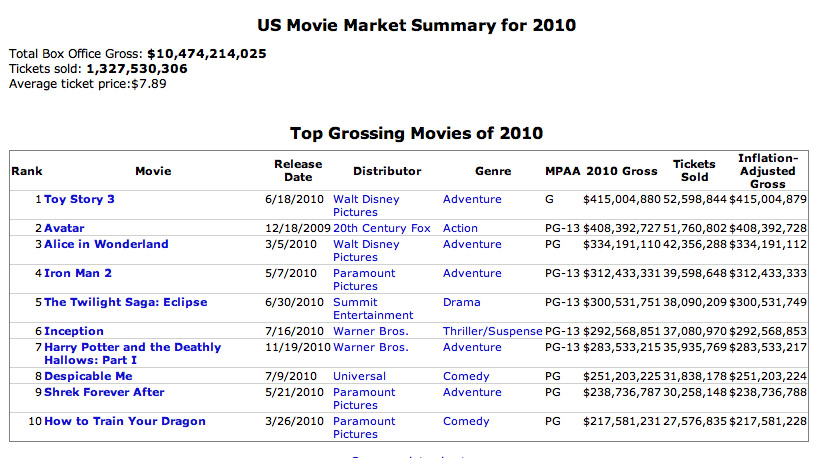
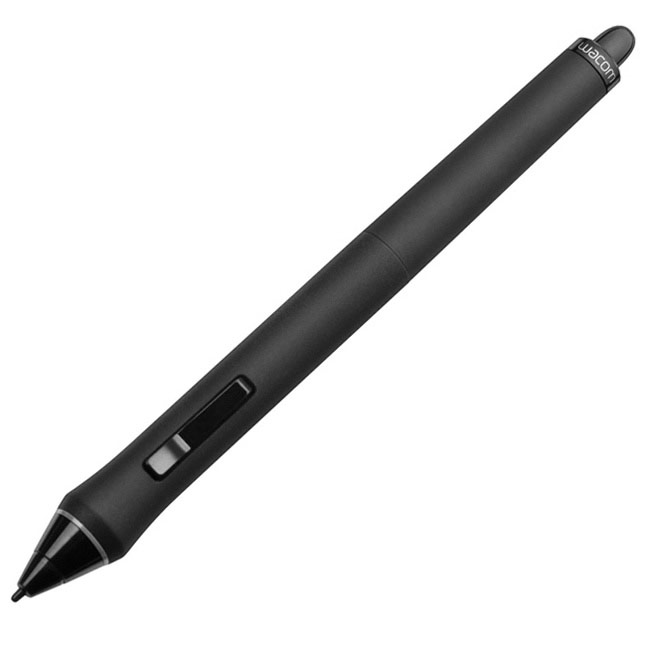
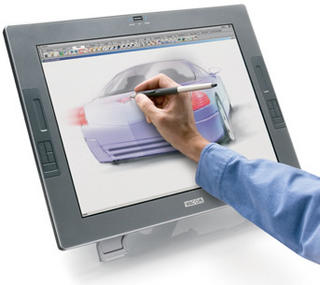
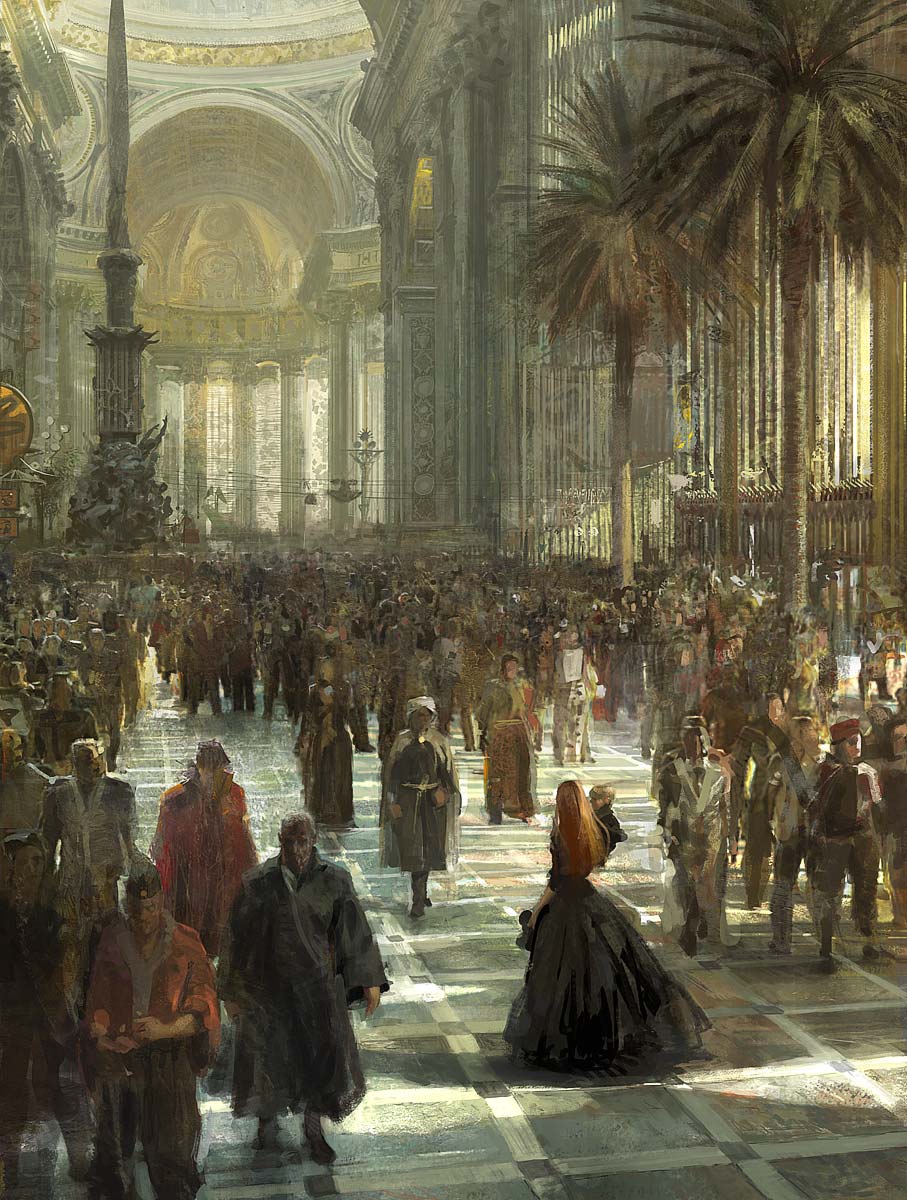

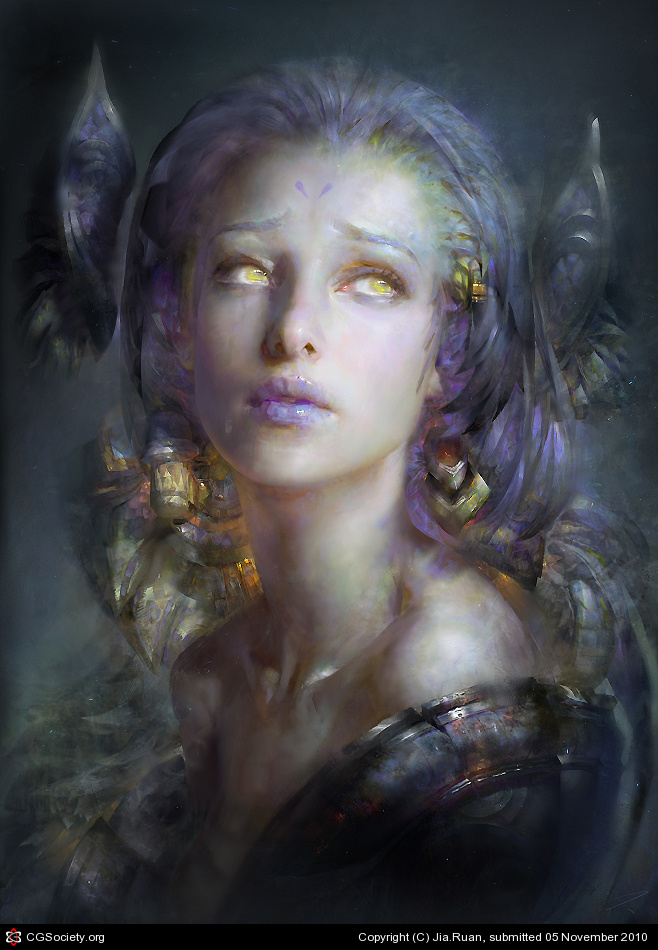

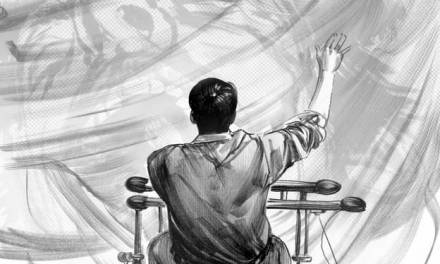
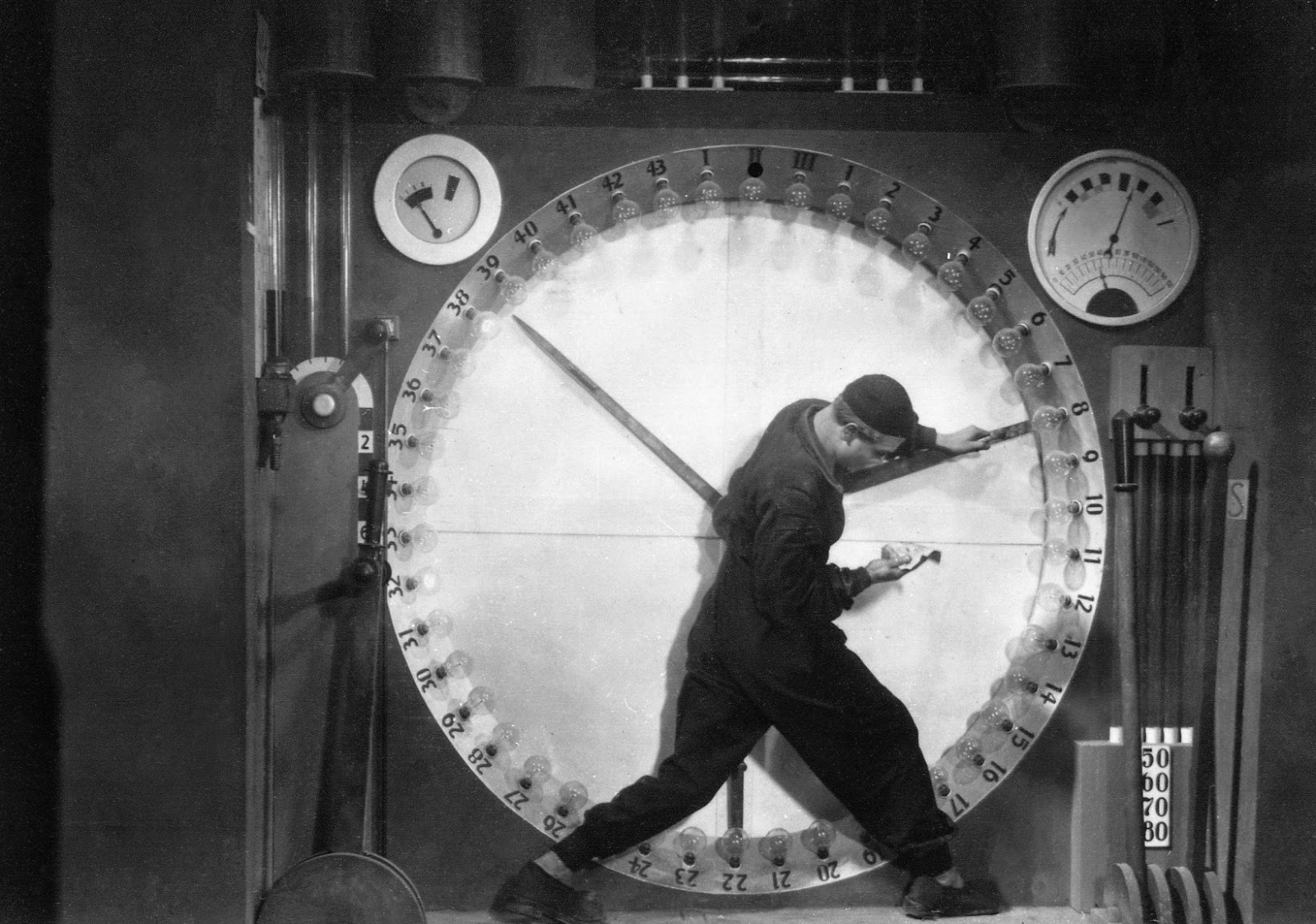
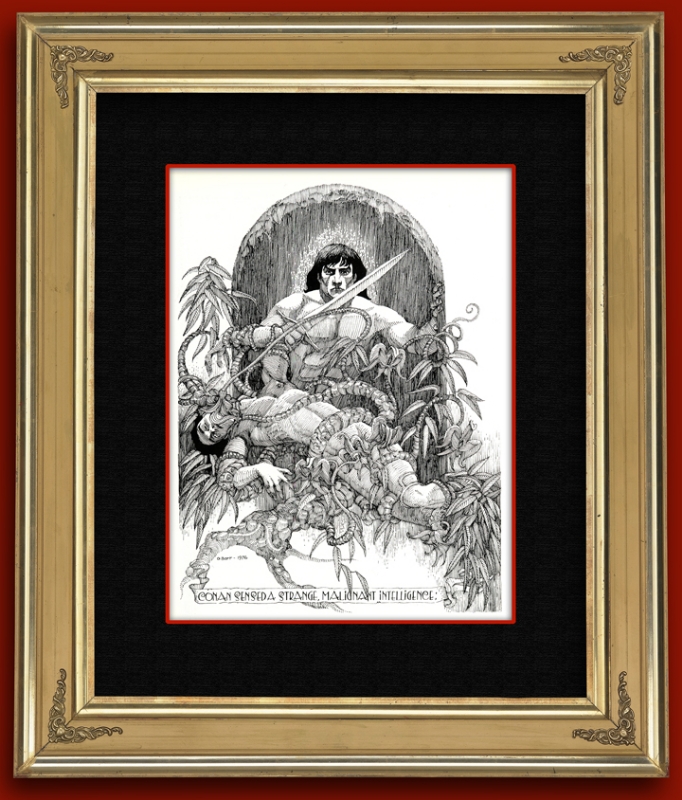

I do enjoy painting on my iPad using my first-gen Nomad brush, but one thing I have noticed is that the surface is so smooth and the brush so soft that if I am not looking directly at what I am doing, I have no sense if I am actually contacting the surface.
I tried out the Nomad with the very-fun Zen Brush app at a life drawing session, and found that half the time I had been painting “air” while I was looking at the model (and not in the good Jeff Jones way).
Still, using an iPad with a Nomad, one gets the feeling that a great solution is nearby somewhere…
The Jot Touch looks promising in its capabilities, but somehow a flat plastic disc doesn't quite seem like what I had in mind as an “ideal” painting tool.
I love the comment. I also want wacom do to something like a cintiq but not only being the display but a whole painting device something like a tablet. That's something I'd like to see
Well and deservedly said, Justin. Thank you.
I agree somewhat with what you said here.
Updating the cintiq to retina display quality would be incredible. The resolution is still way to low.
I don't know what all is involved with making the Cintiq but I couldn't believe how long it took to receive one when we ordered it. I believe it took something like 3 or 4 months for it to show up. They must be waiting till they meet a certain number of orders before they build them so they don't have a large inventory of tablets sitting around. I guess they can get away with that since they don't really have any competition.
I've used my ipad to draw and paint and it's just ok. I mainly only use it as a rough concepting device. Do a quick layout or thumbnail. Never have I tried to use it to do final quality art. I'm not saying you couldn't use it for that, but it would take you way to long and wouldn't be easy.
My list of what I would like to have available would be:
1. Portable, or small as a 15 or 17 inch laptop. And no need to be connected to another computer. Self contained like the ipad.
2. Higher resolution display.
3. Ability to run photoshop or painter, unlike the ipad.
4. COST! The price has to come down. I believe the only reason the price is so extremely high is because they've cornered the market on this type of product.
On a side note I like the pen tool for the current devices. That's not to say I wouldn't be interested in trying something different but I've been doing digital art now for so long that I actually forget what using brushes are like for the most part. Also I like some of the technology and think that some artists have done a very good job at using it to create great illustrations such as concept artists like Trevor Claxton (http://trevorclaxton.blogspot.com/) using the smudge brush to create a loose quality to get ideas through what seems like using pareidolia in your favor. However I've also seen many artists using very old versions of photoshop to create fantastic paintings.
The main point of this last statement is that in some ways digital painting has surpassed traditional.
I like all of the things you said Justin, but I have to admit; I'm tired of having to buy new things and learn new software!!! I love my Intuos5 tablet because it's exactly like my Intuos3. Maybe there's no need for drastic changes. It's already working for people. It does what it needs to do.
My oil paints still work exactly the same as they did when I was in college. No need to re-learn everything every couple years. No need to buy the latest and greatest surfaces/paints/brushes. Find something that works, and stick with it.
haha, greatly said! I completely agree. When you mentioned being able to use an actual brush on the tablet that blew my mind. The pens can simulate it, but it's not quite the same. And yes, like you said, there's always working traditionally ( I definitely laughed that that comment), but what's nice about working digitally is the ease in making changes and adjustments so some more development in the field of digital would be great.
All in all great blog post with some awesome ideas. Hopefully someone from Wacom is listening.
there is also the sensu brush for the ipad.
http://www.sensubrush.com/
and while i too love traditional tools and and am going back to them more and more recently, i would really love wacom or some other company to make a cintiiq like product with a brush input device to use with painter and photoshop.
I am still skeptical about using the ipad and say the procreate or art studio apps for finished art but clearly the technology is there. So wacom better step up it's game or it is going to loose a lot of market share and soon.
great post!
It looks like Wacom might finally have some real competition in the traditional tablet space. These 2 models review very well at a fraction of the cost of Wacoms.
http://frenden.com/yiynova-budget-cintiq-alternative/?utm_source=rss&utm_medium=rss&utm_campaign=yiynova-budget-cintiq-alternative
http://frenden.com/the-little-monoprice-graphics-tablet-that-could/?utm_source=rss&utm_medium=rss&utm_campaign=the-little-monoprice-graphics-tablet-that-could
Hopefully this will push Wacom into innovating some interesting new technology or at least improving their price point
Hey David,
That's a great point, and actually the iPad played a large role in me writing this. The iPad really does give you the sense that a solution should for this sort of problem be nearby. Part of that is the Retina Display, which is something I failed to mention in the article. It seems like if nothing else, hitting this type of resolution in some future version of the Cintiq is almost mandatory, wether or not they are able to transition into more complex input devices or not. It seems like that will happen sooner than the digital brush I am wishing for will.
This is a great point elreyes,
It is nice that the technology has stabilized long enough so that people can standardize methods of teaching/learning for it and also have had a chance to become truly proficient with it before having to hurry on to the next great thing. Why should the creation of art have to be like cell phones? Where it is only good if it is the latest and greatest. This is a solid point and I can't argue with where you are coming from.
And also, if its not broke, why fix it?
To this end I would say that I would not want the brush to replace the pen. I think the pen as an input device is genius, and for some projects (especially in drawing and in character design) it would remain far more efficient than the brush. I would hope that the manufacturer would continue to offer both tools if I my fiber optic brush were to ever be made.
All i want is a portable Cintiq with an OS built in it.
I don´t need much, do i?
Mine is easier, Justin. Hope Wacom makes me happy before you.
🙂
I second that!
Slate style tablet PCs do exist, just with 512 levels of pressure sensitivity and limited to 12in usually.
It's true that Wacom's innovations circle around “express keys” and “touch strips” and finding new positions for those since the last three generations of tablets. The pen technology stayed mainly the same.
However, I would like to add that enhancements in digital painting technology occur on the software side. A few years ago I stumbled upon a project from a Chinese university which was called “MoXi” (http://visgraph.cse.ust.hk/MoXi/). It's about simulating a traditional Chinese brush and the behavior of wet ink on watercolor paper. The results are stunning. I was able to get my hands on a beta version of this program and the technology works. The project is dormant now and the reason for that is that a licese of this techology was aquired by adobe a few years ago.
Now, if you have a look at the MoXi videos and then look at the “Natural Media Bristle Brushes” that were introduced in Photoshop CS5 you will find many similarities. These brushes are NOT simple “stamps” that become distributed along a stroke path. The bristle brushes simulate actual bristles that can be bent and deformed and that accurately follow the movement and rotation of the pen. The key point here is that you have to use one of Wacom's “Art Pens” in order to get the full functionality out of these brushes. The Art Pen registers the rotation around its longitudinal axis and enables you to rotate the brush tip while the standard Grip Pen only provides pressure and tilt.
Disclosure: I'm a cooperation partner (“Evangelist”) of Wacom since many years now but my purpose to write this comment is not to advertise Wacom products. I just can't avoid mentioning these things when talking about the issue. Innovation in the field of digital painting is very difficult because any new hardware has to be supported by the software. This is a hen and egg problem because you can't sell new hardware when it isn't supported by new software and no one is going to care about a new software feature that isn't supported by the popular hardware. In console games like “guitar hero” this problem is solved by designing just the right hardware for the software but in computer graphics hardware and software are so much advanced that there simply is no company that could tackle both aspects.
So, what we have to hope for is slow steps on both sides that go hand in hand. And in this case I'd like to point out that in my opinion Adobe has made an essential advancement by leaving the traditional “copied stamps” approach to digital brushes behind and moving towards complex 3D brush simulations. I think that this can compensate for a lot of lack of innovation in pen technology because with a simulated brush inside the software all you need on the hardware side is an input device which registers all directions of movement. That's the current state of technology and I don't see it exploited to its full extend anywhere. I even think that it's getting overlooked and that's my main purpose to write this comment. Thanks for providing the stage for this!
Hi Daniel,
Thanks for the response! This is sort of what I feared. I also worry that if Wacom and Adobe ever do get together to make this happen, that it will only occur after the CS6 for-purchase release, when Adobe has gone completely over to cloud. (Ensuring that we all have to get on their rental model to use any new technology.)
This rental model seems really problematic to me, and is why I am counting on Wacom for a solution here rather than Adobe. (I love you Adobe, please don't go where I cannot follow.)
Do you think there is any way of Wacom designing a plug-in for Photoshop that would work for a digital brush?
And if Photoshop has turned to the corporate dark side, do you think we might be able to count on Painter instead to partner with Wacom for this? If Painter were to introduce compatibility with a new Wacom brush ahead of Photoshop, it would very likely pull the digital painting market away from Adobe and over to Painter entirely.
I've got mixed feelings about the new subscription model of Adobe, too. There are aspects of it that I actually find positive. Being able to use all programs of the Adobe lineup for a flat fee is attractive for someone like me who jumps disciplines all the time. On the other hand, I'm used to skip every other update because normally there aren't enough enhancements from one version to another to justify the investment. The subscription would cost more money than I'm used to pay for my software. But maybe we all just have to get used to new things…
But concerning your question, I think the main problem is that Wacom's strategy is targeted more towards broadening the range of customers and not so much about innovating for a small group of hardcore users. As you mentioned in your post the existing tools work just fine for the general digital artist. Developments like the new simulated brushes in Photoshop are very interesting but to be quite honest, they also complicate the process. Handling a simulated brush requires more dexterity and more training than handling the traditional digital brushes (how weird to use this term – “traditional digital”…). So what you essentially ask for is that Wacom should make a major investment into a hardware that will be harder to use and the results of this technology will only be appreciated by a very small group of skilled artists.
As I wrote I'm very surprised by the fact that the new Photoshop brushes didn't make a bigger splash in the digital painting community. They are a true paradigm shift. I waited for this to happen for over 10 years. But even now I happen to use the standard brushes more often than the new simulated ones because they are just much more easy to handle. In the end we all just want the paint to go on the canvas I guess.
Now, Adobe can afford to implement a cool new feature that kind of gets overlooked among all the other features. But what if Wacom would develop an expensive new hardware that all say is cool but no one uses it because it's more complicated than the standard tools? It's a huge risk and I don't see it taken by a company that currently is struggling with low cost competitors from China.
Currently I would suggest to get one of these Art Pens (sorry again if this sounds like an advertisement) and try out the new Natural Media Bristle Brushes of Photoshop CS5. They really have a lot of potential. They can produce very vivid and organic strokes. The rotation feature of the Art Pen gives you full control over the direction of the strokes and you can achieve amazing effects with that. It feels a bit weird first because we really are used to simply put down the pen and move it. With the simulated brushes you have to figure out how to hold the pen and how to control the bristles. Yes, it's a bit like in the old days.
And if Adobe should choose to implent the second feature of the MoXi project I mentioned above we will soon see dynamically simulated fluids on the canvas which could be another breakthrough. I'm very optimistic about that because in the CS6 update they added new simulated pencil brushes (that can actually wear off!) and it all looks like they currently care about the painting features and try to add to them in every update.
Ok, that was a long rant. I really care about these things and I'm happy to be able to share my view here.
The Samsung Series 7 Slate with PaintDock installed is a dream. Better than the Cintiq if a bit small (I don't even notice the “only” 512 levels of pressure). Nate Simpson talks about it here http://projectwaldo.blogspot.com/2012/05/dispatch-from-bottom-of-sea.html
Hey Daniel,
I can totally see what you are saying about this being a high R&D cost for Wacom for what might well be a low initial payout from the small group of artists who would actually use it. Though I still think that their marketing department would be able to draw in a ton more people by offering a system with both a pen and a brush with a cintiuq-style device. It just sounds more “traditional” for lack of a better term. THey might find it gives the digital toolset more marketability.
If they don't I still think they might find that their market will become more crowded. It sounds like sooner or later touch screens like the iPad will be able to detect all surface contact, (instead of just the energy transmitted through a fingertip) and this might start to have a serious affect on their market share.
Still, I can totally see where you are coming from in calling it a huge risk for Wacom.
As to the CS5 Natural Media Brushes, I actually do use them a great deal. (They were the main reason that I upgraded actually) I really like them and use them a great deal for the final effects on my digital work. I didn't mean to downplay them at all. I think they are sweet.
And I look forward to seeing what becomes of MoXi and the whole dynamically simulated fluids ideas. It is all really fascinating stuff.
Thanks again for writing in!